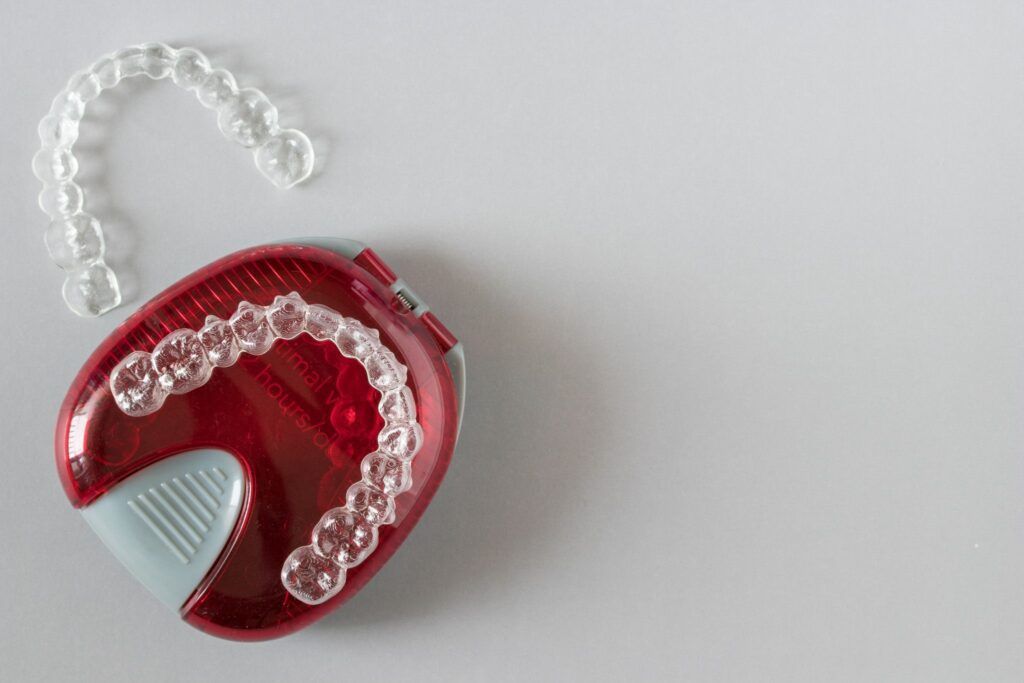Understanding the Causes of Bad Breath
Bad breath, or halitosis, affects many people globally. Various factors contribute to this condition, ranging from poor oral hygiene to underlying medical issues. Understanding the underlying cause of halitosis can help identify the right treatment or lifestyle changes needed to keep your breath fresh.
Diet and Its Impact on Breath
Diet significantly influences the quality of one’s breath. Certain foods, such as garlic and onions, are notorious for causing haliotosis. These foods contain sulfur compounds that linger in the mouth. When consumed, these compounds enter the bloodstream and are eventually exhaled through the lungs, affecting breath quality.
High-protein diets can also contribute to bad breath. Proteins break down into amino acids, which bacteria feed on, producing unpleasant odors. Furthermore, sugary foods and beverages encourage bacteria growth by creating an acidic environment in the mouth. This acidic environment fosters bacteria that cause bad breath, making dietary choices a critical factor in managing halitosis.
Dehydration and Dry Mouth
Saliva plays a vital role in maintaining oral health by naturally cleansing the mouth. It helps wash away food particles and bacteria that can cause haliotosis. Dehydration significantly reduces saliva production, leading to a condition known as dry mouth. A dry mouth provides an ideal environment for bacteria to thrive, resulting in bad breath. Certain medications, such as antihistamines and decongestants, can also cause dry mouth as a side effect. Drinking plenty of water throughout the day helps maintain saliva flow and keeps the mouth moist. Additionally, chewing sugar-free gum can stimulate saliva production, aiding in the prevention of bad breath.
Medical Conditions and Bad Breath
Several medical conditions can cause or exacerbate haliotosis. Sinus infections and respiratory issues are common examples. These conditions often lead to mucus buildup in the nasal passages and throat. Bacteria feed on this mucus, producing foul odors that contribute to bad breath.
Gastroesophageal reflux disease (GERD) is another condition that can lead to bad breath. Stomach acids rise into the esophagus, creating a sour odor in the mouth. Additionally, systemic conditions like diabetes and liver disease can affect breath by altering body chemistry, leading to unusual and persistent odors that require medical attention.
Smoking and Tobacco Use
Smoking and tobacco use have a detrimental impact on oral health. Smoking dries out the mouth and reduces saliva flow, creating an environment conducive to bacteria growth. Tobacco leaves a lingering odor that is difficult to mask with mouthwash or mints. Moreover, smoking contributes to gum disease, which is a significant cause of chronic haliotosis. Gum disease results from the accumulation of plaque and bacteria around the gums, leading to inflammation and odor. Quitting smoking could not only improve overall health but also significantly reduce the risk of bad breath.
Oral Hygiene Practices
Proper oral hygiene practices are essential in preventing and managing haliotosis. Brushing teeth twice daily with fluoride toothpaste is a fundamental practice. It helps remove food particles and plaque that cause bad breath. Flossing is equally important as it removes trapped food particles between teeth, which a toothbrush cannot reach. This practice reduces plaque buildup and minimizes the risk of gum disease.
While mouthwash can help freshen breath, it should not replace brushing and flossing. Cleaning the tongue is also crucial, as bacteria often accumulate on the tongue’s surface. A tongue scraper can effectively remove this buildup, further reducing the risk of haliotosis. Regular dental visits are crucial for maintaining oral health and preventing potential issues that may lead to bad breath.
At Baltimore Dental Co., we provide expert dental care tailored to individual needs. Our practice offers comprehensive services, including thorough exams, cleanings, and personalized treatments. If you struggle with bad breath, we are here to help address these issues effectively. Contact our office today to schedule a consultation and learn more about your treatment options.






